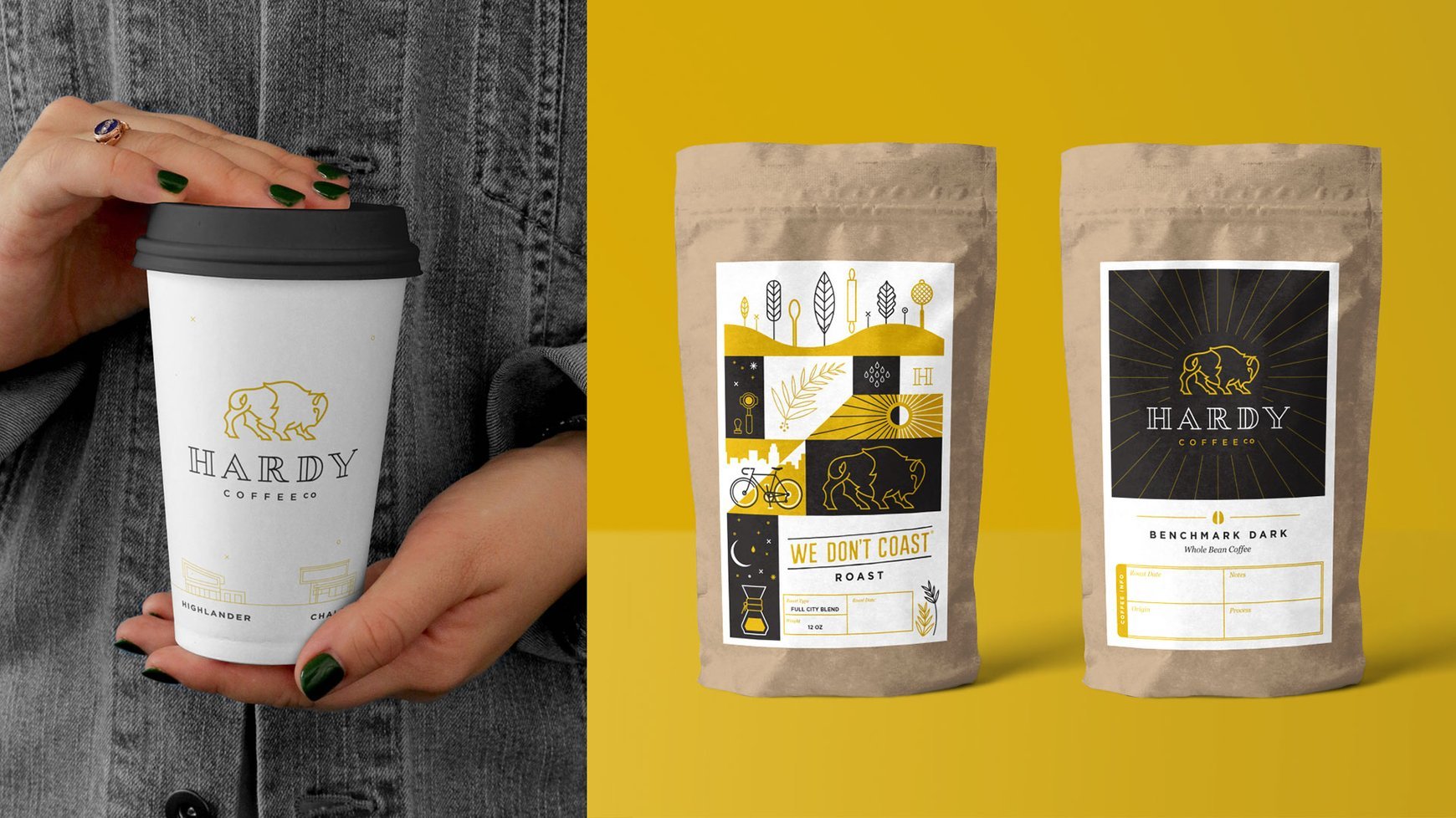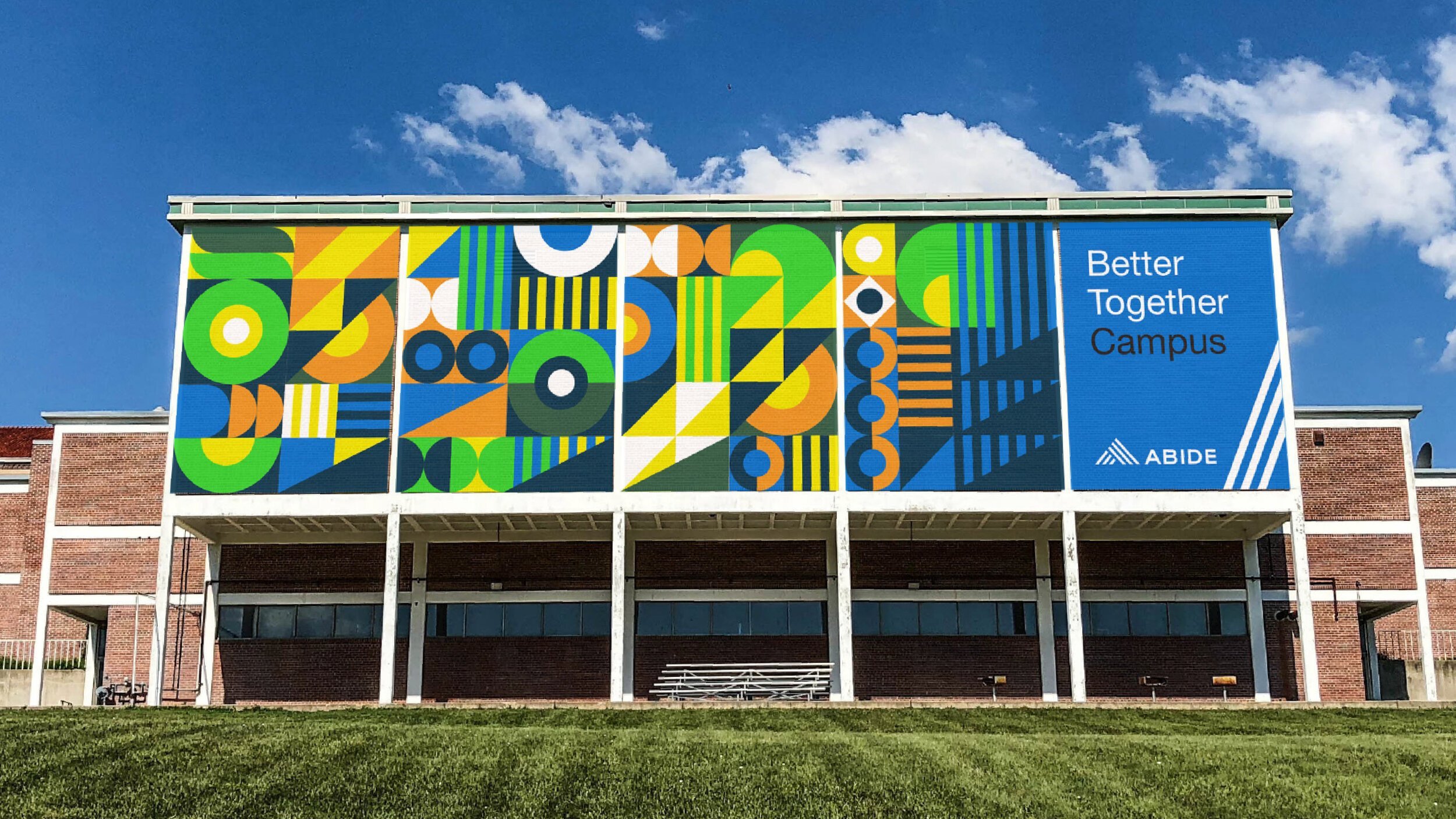3 Omaha Businesses with Strong Brand Identities
A brand is a promise.
It's the intangible sum of a customer's experiences with your company, from the moment they learn about you to the lasting memories they keep long after they've written their google review and referred you to their friends. And because the idea of a brand is so abstract, it can be hard to define what a brand actually is. Is it the logo? The messaging? The way the employees interact with customers? Or is it something else entirely? In this blog post, we’ll highlight three Omaha businesses with strong brand identities and explore the most important factors that go into creating an effective brand.
A brand is a logo, right?
What imagery comes to mind when you think of Starbucks Coffee? Is it the white cup of joy with the iconic green siren logo? What follows may be Images of perfectly manicured hands, adorned with jewelry, casually holding a frappuccino in front of their BMW steering wheel emblem.
The sense of belonging you feel when you visit a Starbucks isn’t just from the visual identity of the Starbucks brand. The whole Starbucks brand experience is a culmination of their values and how those values extend through the different elements of their identity. If you’re in a rush, you can order ahead and pick it up at your convenience, or maybe Starbuck’s is your weekly (or daily) reward where you can sip and enjoy in peace between meetings and daycare pickups. Social media influencers post their trip to Starbuck’s because it’s a form of self care, a treat at the end of a long day or a necessity at the beginning. The Starbuck’s brand is synonymous with belonging, warmth, self-love and community. There’s something that you just can’t quite put your finger on but you know exactly what someone means when they say they’re “going to get Starbuck’s.” It means something completely different from “I’m going to get coffee.” Our first thought is always “Is it Pumpkin Spice season yet?”
So, what makes up a brand’s identity?
Ok, now that you’re back from Starbucks…that thing we mentioned that you can’t quite put your finger on? That’s brand identity and it can be defined by three external elements; visual identity, messaging and customer experience. All three work together to tell the story of how your company solves a problem for your customer and why you are the perfect guide to lead them to success.
The literal in-your-face aspects of a brand’s identity are its visual identity.
A brand isn’t simply a logo but a logo is integral to its visual identity, it creates recognition and association; it’s a silent salesperson. It’s like a billboard in your mind. Visual identity doesn’t start and end with a logo, it can be made up of a specific color palette, specialty fonts and imagery, that not only make the brand unique but communicate to its audience what type of business it is.
We can’t talk about a unique and distinct visual identity without talking about longtime Fruitful friend and client, Omaha’s own, Hardy Coffee Co.
Owner Autumn Hardy Pruitt’s roots run deep in Omaha, her family longtime pillars of the community. So, when Pruitt needed to define Hardy’s brand identity after essentially pulling 3 separate brands together, Fruitful’s approach was to make the visual elements striking while keeping the identity rooted in the heart of its Midwest origins.
Outside of the icon’s obvious Midwest ties, the bison that serves as the mascot for the brand is symbolic of abundance, strength and stability, representative of how Pruitt serves the community. The font and colors are clean and simple but remain welcoming and approachable, just like how you feel entering a Hardy Coffee Co. location. The gold sunburst inspired by the Art Deco motif seen in many historic downtown Omaha buildings. There’s a familiarity in the design and how it relates to the city where the brand was founded. It’s timeless; without risking being too trendy and alienating its audience. Hardy Coffee’s visual identity clearly communicates the quality of their products, what industry they’re in and who they serve.
The graphic design elements involved in the Hardy Coffee Co. branding tell Hardy’s story without words. After all, graphic design is art with a purpose, telling the story of a business through thoughtful imagery and design. But, visual design only scratches the surface of defining brand identity.
What is messaging and how is it different from marketing?
Another key external element in brand identity is clearly defining the problem your business solves. Having a clear message about how you can guide your customer to success should be the foundation of all of your marketing.
Messaging isn’t simply the copy on your website or the strategy behind which media outlets you utilize to spread your message. Messaging communicates the problem you solve for your customer in a clear, concise way. Seems simple, right? But this is where a lot of businesses can get caught up focusing too much of their messaging on themselves and not on how the customer will experience success by doing business with them.
A brand’s message is as unique as their story and a huge difference maker in North Omaha with a big story to tell is non-profit, Abide.
Abide has served families and individuals in Omaha for over 30 years, changing the meaning of the term inner city through impactful programs aimed at bringing leadership and opportunity to families and individuals in North Omaha. When Abide needed to revitalize its brand messaging to align with a fresh new image for the organization, they simplified their mission and purpose down to six key words; safer neighborhoods, stronger families, and emerging leaders. An organization with a mission as meaningful as Abide’s can’t allow their message to be lost in the noise. Their messaging is curated not just to the people they serve through their programs but to the individuals who have a calling to be difference makers in their communities, identifying the problem, the desired result and how Abide will guide their audience to success.
Clarifying your message starts with identifying your brand story and one of the most powerful ways is with the seven elements of the StoryBrand framework.
In a nutshell, the StoryBrand framework follows the classic hero's journey; the hero has a problem and meets a guide, who has a plan. The guide then calls the hero to action, avoiding failure and resulting in the hero’s success.
Abide identified the hero of their story as the people in the community who want to work to define the new inner city. As the guide, Abide is the authority on how the neighborhoods in North Omaha can see real change and how people who want to make a difference can be part of that transformation. Having a clear message removes the noise about who you serve and what success your audience can experience when they work with you. But what happens after that completes the experience.
When does a home disaster make for an exceptional customer experience?
At its core, a brand is a promise made up of what the customer can expect out of their experience with your company and sometimes the best experiences come from surprising places.
It’s not often that you can say that you actually want a reason to do business with a company that specializes in basement and foundation repair but Omaha’s Thrasher Group is changing the status quo on the typical contractor experience.
Specializing in foundation repair and garages, Thrasher Group and its small family of businesses have woven Midwest family values with its mission to change the contractor experience. An event that may not come to mind when you think of an exceptional customer experience is a home disaster or repair but that’s exactly why Thrasher Group is different. The promise is to remain dedicated to ensuring that above and beyond is the standard, especially during one of the most difficult times in a homeowners journey.
What began as a small, family business has grown to eight locations with over 400 employees across the Midwest. There aren’t many small businesses that can scale and maintain the culture of a small family run business- Thrasher has not only managed both but kept their brand promise to treat customers and employees like family. One major factor that maintains the family-like culture throughout the organization is its commitment to career development, 25% of its employees are promoted internally each year through leadership programs aimed at growth and development. In fact, many satisfied customers have later joined the Thrasher family as employees based on their experience working with them in their homes. There aren’t many companies you can say that about.
Are you still wondering how to define your brand identity?
On the first episode of the Growing A Fruitful Brand podcast, Raj and Ben dig into the question “what is a brand” where, true to his brand, Raj uses Star Wars as the great explainer of all things. It isn’t the first time and it won’t be the last. Check out the podcast here.








